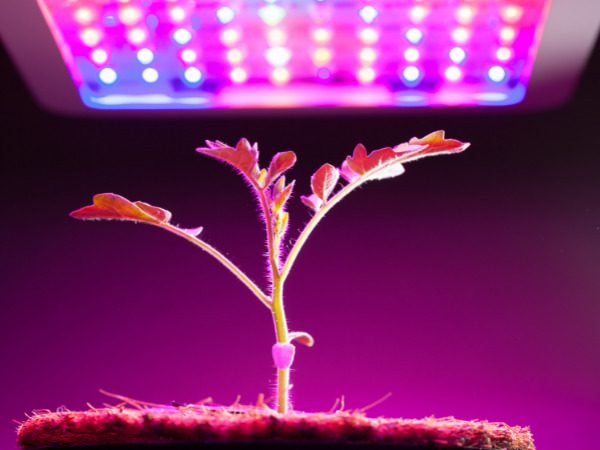New Clean Hydrogen Tax Credit on the Horizon
A new tax credit, the clean hydrogen tax credit, may be on the horizon for businesses that invest...

Red light for plant growth has become the subject of interest for Researchers from Hokkaido University in Sapporo, Japan; In fact, they have developed a cool new film that could revolutionize plant growth. Since plants rely on sunlight for photosynthesis, right, these clever scientists have found a way to make plants utilize even more light, including the high-energy UV light. And, this is not just some crazy science fiction plot—they’ve actually made it happen!
Plants are pretty picky about the kind of light they like. They’re all about that red and blue light, which they absorb like a sponge. Green light, on the other hand, is barely used and gets reflected, which is why our world is so green. But what about the other wavelengths of light, like UV and infrared? Turns out, plants have been ignoring those like an unread text message.
But not anymore! The researchers at Hokkaido University came up with a brilliant idea. They thought, “What if plants could use UV light for photosynthesis?” It’s like trying to convince a picky eater to try a new vegetable. By converting UV light into usable wavelengths, plants can absorb more light and produce more nutrients. And that means bigger and better plants!
So how did they do it? They created a special material called a wavelength-converting material (WCM), which can absorb UV light and emit red light. And the secret ingredient? Europium, a lanthanide element. Europium has the fascinating property of absorbing UV light and then releasing it as red light, similar to a color-changing magic trick.
But it doesn’t end there. The researchers also created a thin-film coating using this WCM, which can be applied to glass or plastic sheets. This coating acts like sunglasses for plants, filtering out harmful UV light while bathing them in a warm, comforting red glow.

To demonstrate the effectiveness of their invention, the researchers conducted experiments with Swiss chard and Japanese larch trees. They grew these plants under WCM-coated polytunnels and observed remarkable results. The Swiss chard showed 1.2 times greater height and a 1.4-fold increase in biomass compared to the control group, particularly during the winter period. Similarly, the Japanese larch trees exhibited accelerated growth, reaching the standard size for forestry planting in just one year instead of the usual two years.
This discovery has significant implications for agriculture and forestry. It has the potential to expedite reforestation efforts and make tree planting more efficient and cost-effective. Moreover, it could contribute to addressing food security concerns by increasing crop yields. The lead author of the study, Sunao Shoji, expressed confidence in the future prospects of this research. They envision creating wavelength-converting films optimized for different plant types by customizing the light-emitting ion. The possibilities for next-generation agriculture and forestry engineering are vast.
The research conducted by the Hokkaido University team is a remarkable step forward in utilizing light to maximize plant growth. By tapping into the potential of UV light and converting it into usable wavelengths, they have unlocked new avenues for enhancing crop yields and reforestation efforts. It’s like giving plants a boost of energy from a previously untapped source. Who knew that a little bit of europium magic could make such a big difference?
Sources:
Explore our latest insights
More arrow_forward
A new tax credit, the clean hydrogen tax credit, may be on the horizon for businesses that invest...

The Clean label has transitioned from trend to a lifestyle placing pressure on the food and bever...

The Industry 4.0 represents a blend of two industries: information technology and manufacturing. ...

Provincial governments are slowly unveiling their provincial budgets outlining fiscal strategies ...